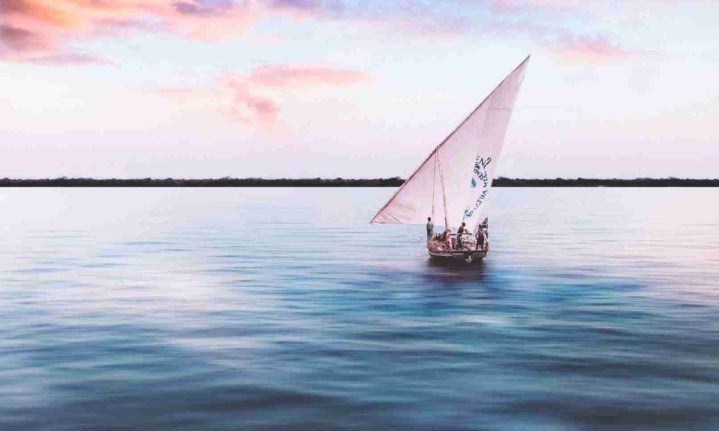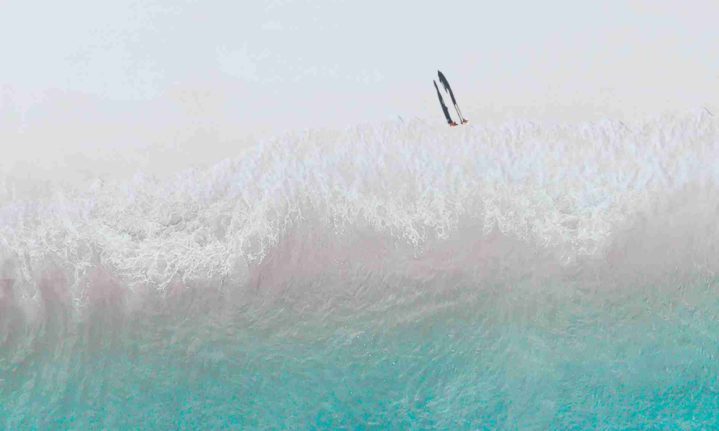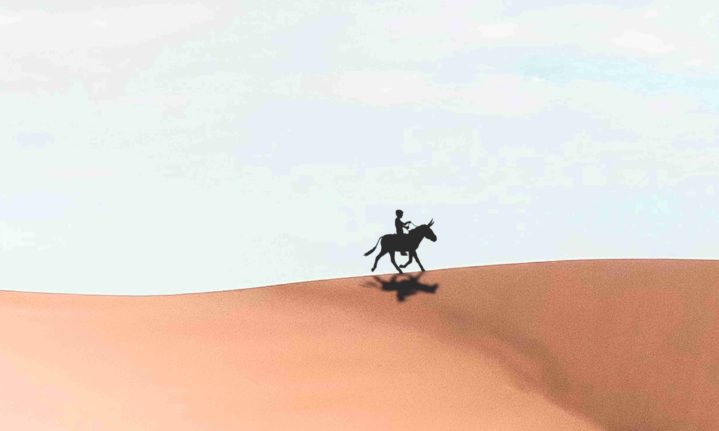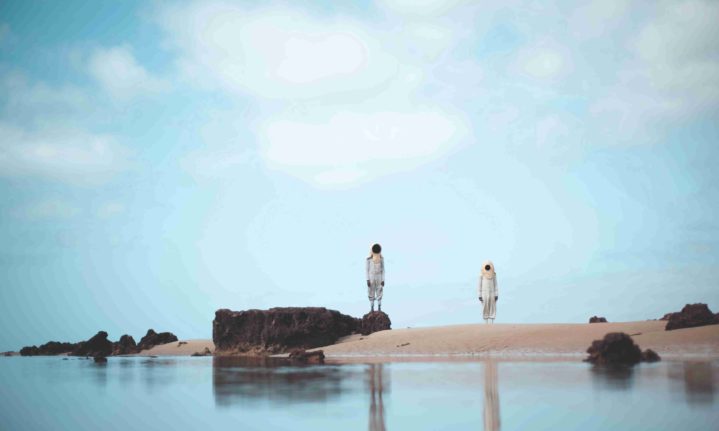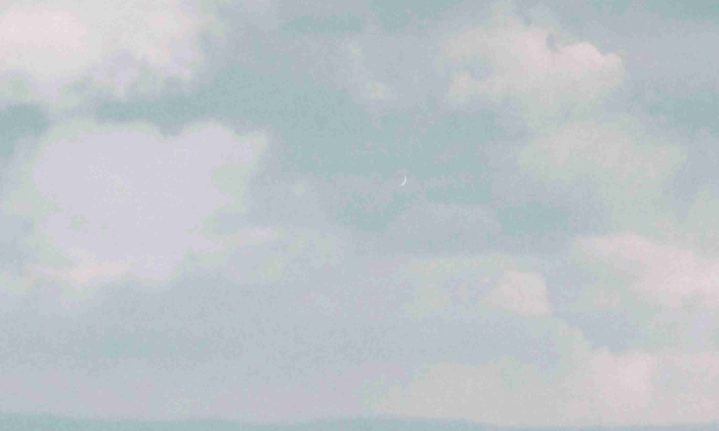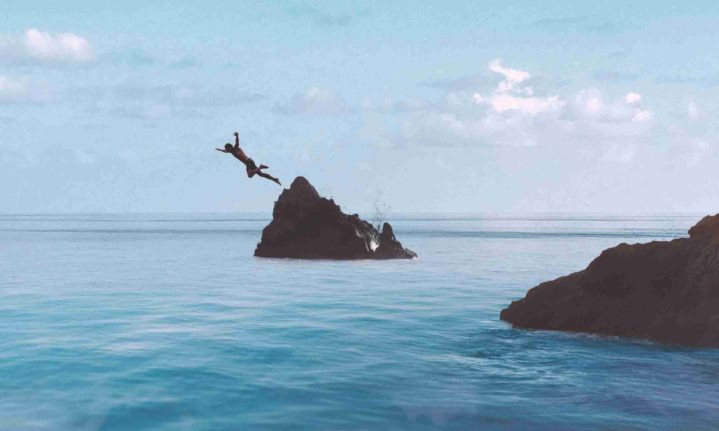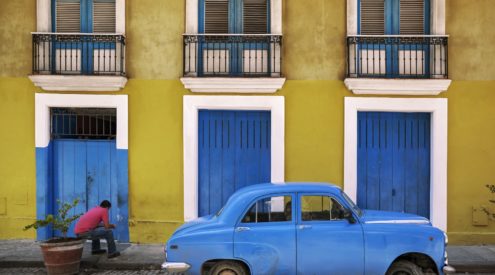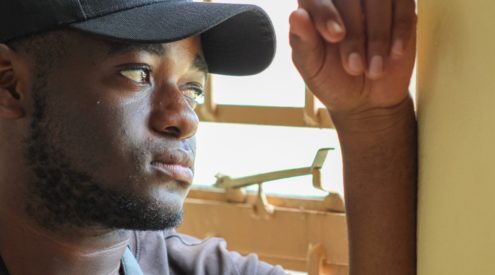Based in Lamu, Kenyan photographer Joseph ‘Nabster’ Chege favours minimalist compositions and clean environments. The otherworldly design of the worlds he creates through his lens hints at a better, simpler world, one free of environmental devastation, yet full of hope. He says, too, that his pictures should inspire meditation, serving as a form of therapy.
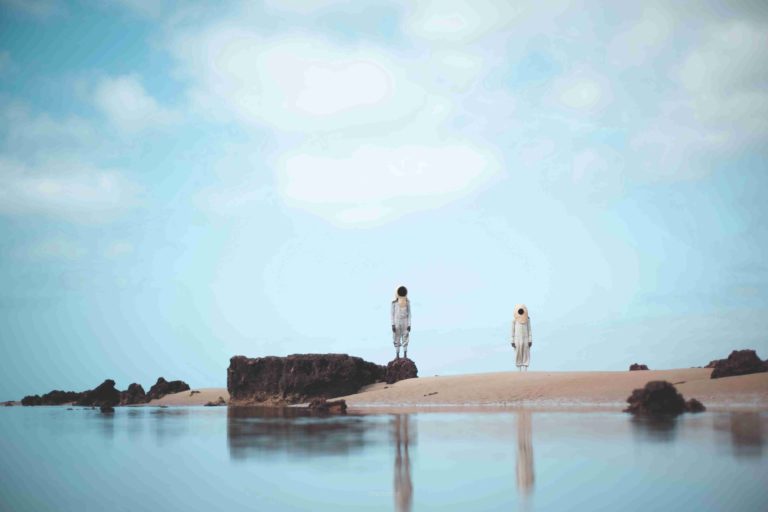
In January, a group of Kenyan artists and nonprofits – in conjunction with Earth Force Climate Command – launched the Lamu Space Station. Their mission is to reimagine the future, tell stories about a sustainable world and ignite change around the idea that Earth is a planet worth staying on.
Something I love about photography is that it seems to slow down time. Minimalism takes it a step further; the simplicity in a photograph can intensify and engage the viewerʼs imagination so they can be the ones who build a story based on what they see. In a world where everything is “get up and move” I hope that my use of abstraction through minimalism enables the viewer to pause, breathe and listen, even if only for the duration that the picture flashes on their phone screen. Camera in hand, I see myself as a world builder; an architect of places that were, are and could be. Building these worlds, I aim to reach beyond the sense of sight; I want to transport audiences into these places of refuge, away from the hustle and bustle of it all so that perhaps they be encouraged in their own lives to stop to observe and give thanks for this ecosystem that keeps on giving and taking care of us despite being in an abusive relationship with us. The first thing I see is neither subject nor colour, but line. Line serves as the starting point, the anchor.
It is the predominant and fundamental aspect of all my images. The line is the most intuitive means of perceiving and understanding my environment. The shapes and motifs that emerge in my images have no other intention than to reveal the movements of lines. This definitely feels like a superpower, to be able to see a landscape as more than just a mound of dirt and water, to be able to be so connected to an environment that I start to see patterns, repetitions in the environment, small shifts that have so many effects to every one dependent on it. I can only hope that this work opens the viewersʼ eyes to these deeply rooted ecological concerns, to want better for the planet and give up this delusional and extremely dangerous fantasy that we can somehow torch this planet and move on to another one to eventually rinse and repeat.
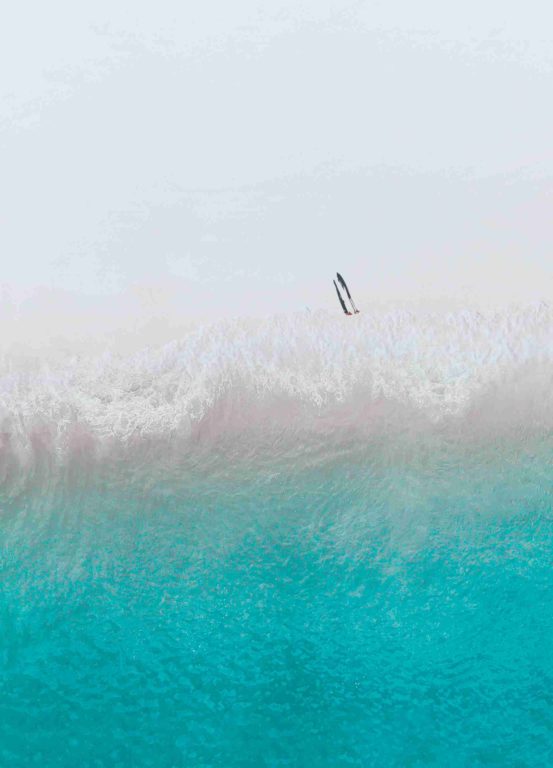
How I Became the Sea: While a kind of idyllic, hypnotic beauty permeates his photographs, Joseph says he wants them to stir in the viewer a longing for a more harmonious reality, one without the environmental destruction that’s now so rampant.
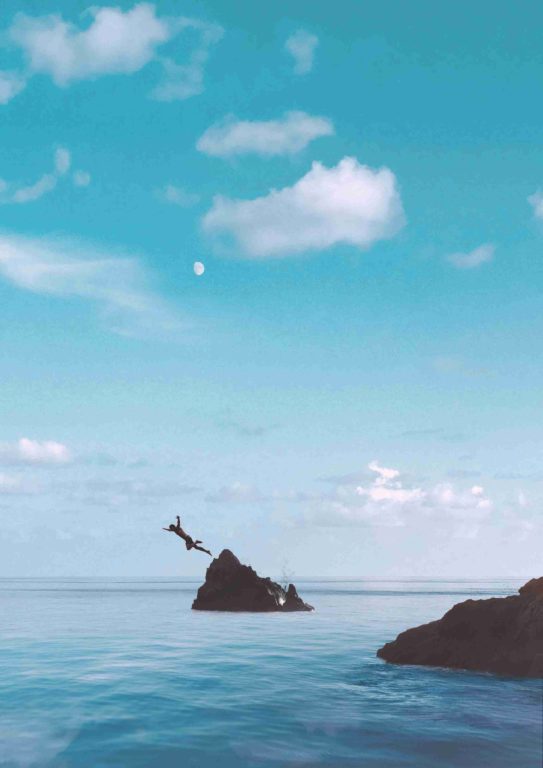
Pounce: His “worlds” are purposefully abstract and surreal, like snapshots from a dream, free of extraneous elements such as waste and pollution; they are visions of some future-perfect reality.
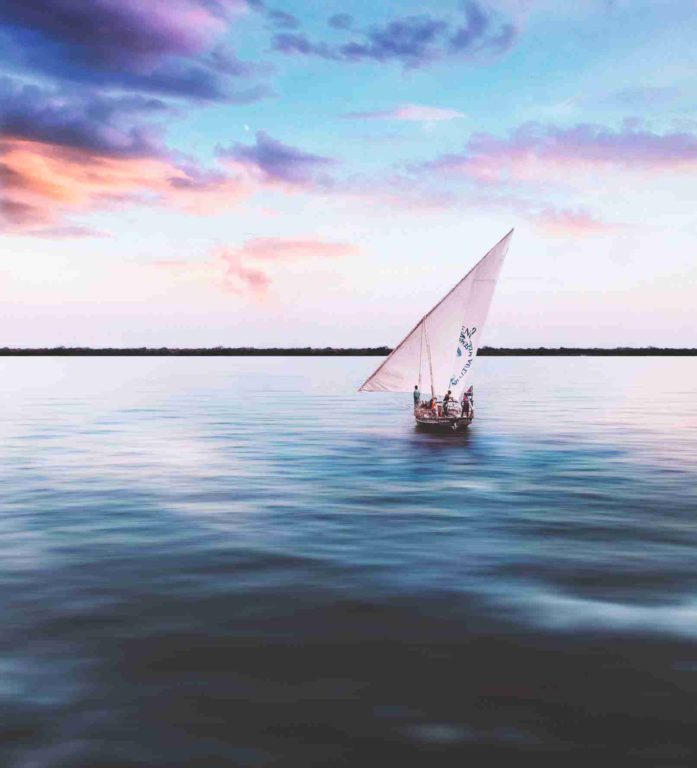
Dawn: The dhow is central to the way of life on Lamu, where Joseph lives and works. Capturing one of these ancient vessels against a surreal light on perfectly harmonious waters points to a beckoning from a simpler, less hurried time.
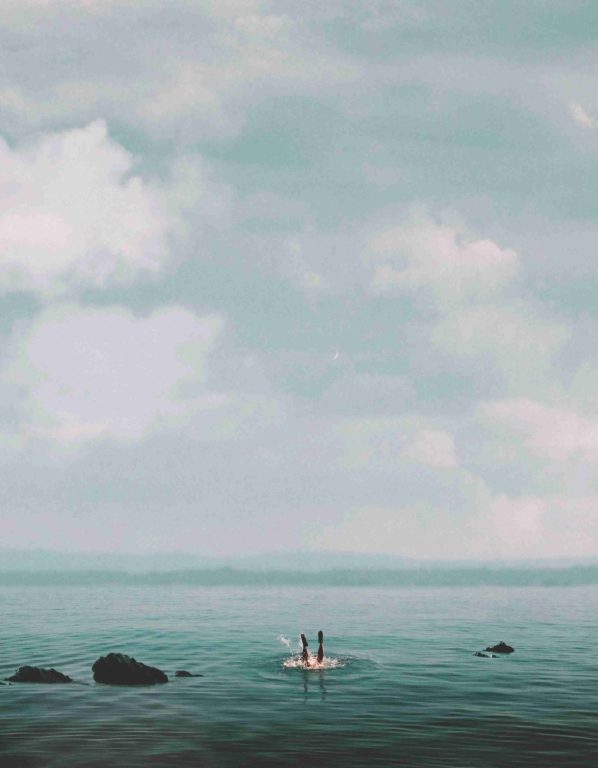
Plunge: Nature is the key protagonist in Joseph’s photographs, while the vulnerability of his human subjects is often a starting point for a story that the viewer can begin to construct in their own imagination.
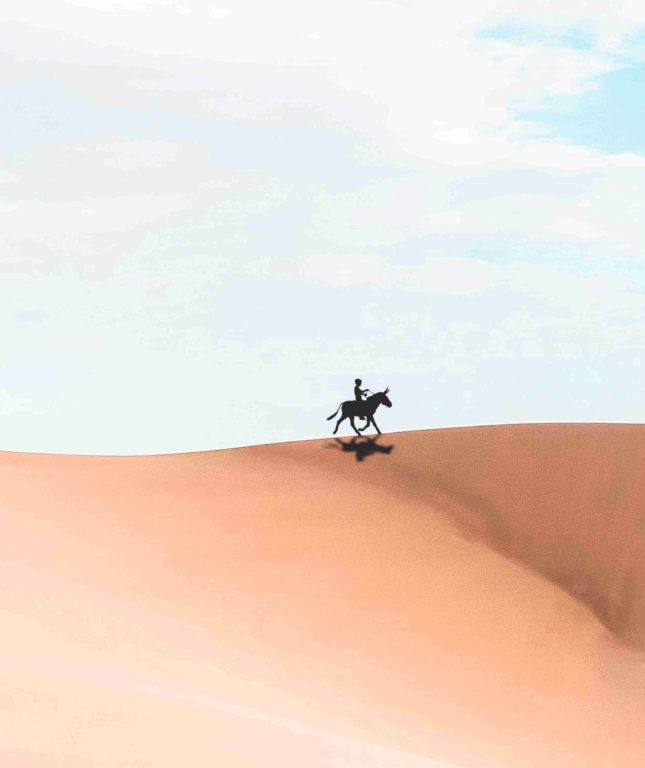
Kairos Moment: Donkeys remain the dominant means of on-land transport on Lamu. Here, Joseph sets one against the island’s dunes, symbolic of time as determined by how it is contemplated by the soul.









